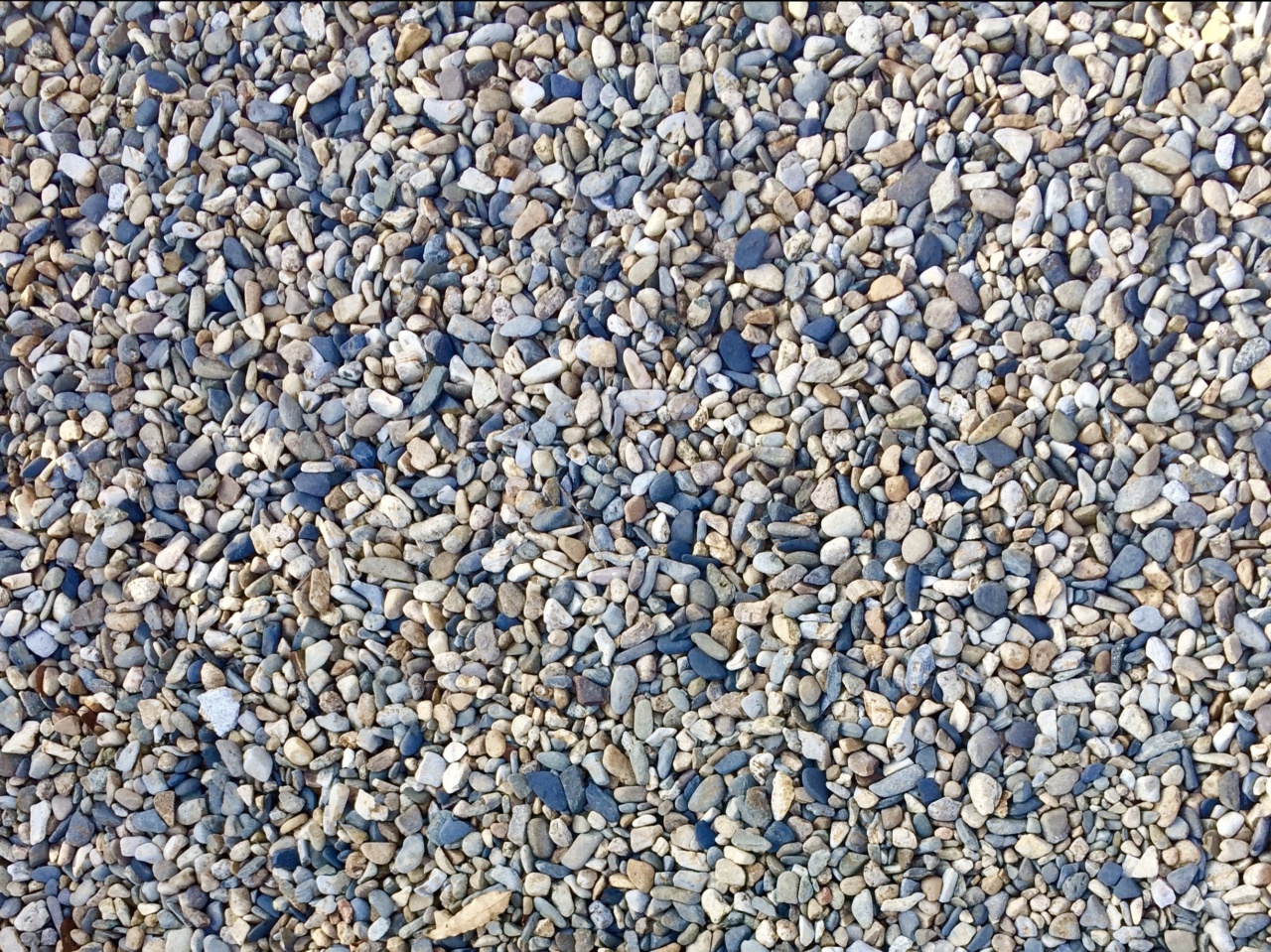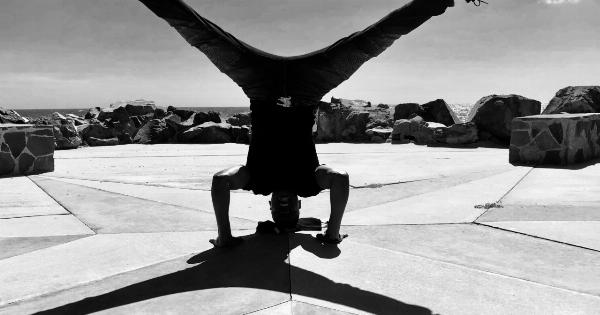Kidney stones are hard deposits made of minerals and salts that form inside the kidneys. They can vary in size, ranging from as small as a grain of sand to as large as a golf ball.
Kidney stones can be extremely painful and may require medical intervention to be removed.
Types of Kidney Stones
There are several different types of kidney stones, each with its own composition:.
-
Calcium Stones
These are the most common types of kidney stones and are made of calcium oxalate. Consuming foods high in oxalate, such as spinach and rhubarb, can increase the risk of developing calcium stones.
-
Struvite Stones
Struvite stones form as a result of urinary tract infections. These stones can grow quickly and become quite large.
-
Uric Acid Stones
Uric acid stones are more common in individuals who have diets high in protein. They can also form in people with gout or those undergoing chemotherapy.
-
Cystine Stones
Cystine stones are rare and are typically genetic. They form due to a condition called cystinuria, which causes an excess of cystine in the urine.
Symptoms of Kidney Stones
The presence of kidney stones may not always cause noticeable symptoms, especially if the stones are small and easily pass through the urinary tract. However, larger stones can lead to various symptoms, such as:.
-
Severe Pain
One of the most common symptoms of kidney stones is intense pain in the back, side, or lower abdomen. The pain can be constant or come in waves.
-
Blood in Urine
Kidney stones can cause blood to appear in the urine, giving it a pink, red, or brown color. Hematuria, the medical term for blood in the urine, may not always be visible to the naked eye.
-
Frequent Urination
People with kidney stones often experience a persistent need to urinate. They may also feel a burning sensation during urination.
-
Nausea and Vomiting
Kidney stones can cause feelings of nausea and, in some cases, vomiting. These symptoms may be a result of the severe pain or the obstruction of the urinary tract.
Causes and Risk Factors
Several factors can contribute to the formation of kidney stones:.
-
Diet
A diet high in sodium, oxalate, or animal protein can increase the risk of developing kidney stones. Dehydration also plays a role, as insufficient fluid intake leads to concentrated urine, allowing minerals to crystallize and form stones.
-
Family History
Individuals with a family history of kidney stones are more likely to develop them themselves. Genetic factors can influence the concentration of specific substances in urine.
-
Medical Conditions
Certain medical conditions, such as urinary tract infections, kidney disease, and metabolic disorders, can increase the risk of kidney stone formation.
-
Medications
Some medications, such as diuretics and calcium-based antacids, can raise the risk of kidney stones when taken over a long period.
Diagnosis and Treatment
To diagnose kidney stones, doctors often start by analyzing a patient’s medical history and symptoms. They may also request urine and blood tests to determine the stone’s composition and check for underlying conditions.
Imaging tests, including X-rays, ultrasounds, and CT scans, can provide more detailed information about the size and location of the kidney stones.
The choice of treatment depends on the size and location of the stones, as well as the severity of symptoms:.
-
Watchful Waiting
If a kidney stone is small and not causing severe pain, a doctor might recommend drinking plenty of fluids and taking pain medication while waiting for the stone to pass naturally.
-
Medications
Medications can be prescribed to help control pain, relax the ureters, and facilitate stone passage. Certain medications can also help prevent the formation of new stones.
-
Extracorporeal Shock Wave Lithotripsy (ESWL)
ESWL uses sound waves to break larger kidney stones into smaller pieces that are easier to pass. This procedure is typically done on an outpatient basis.
-
Ureteroscopy
During a ureteroscopy, a thin tube is inserted into the urethra and passed through the bladder and ureter to reach the stone. The stone can then be broken up or removed using small tools.
-
Percutaneous Nephrolithotomy
This surgical procedure is used to remove larger kidney stones or stones that are causing complications. It involves making a small incision in the back and using specialized tools to remove the stones.
Prevention and Lifestyle Modifications
To reduce the risk of developing kidney stones, certain lifestyle modifications can be beneficial:.
-
Stay Hydrated
Drinking an adequate amount of water helps dilute urine and prevent the formation of crystals. Aim to drink at least 8 glasses of water per day.
-
Limit Sodium Intake
Reducing the consumption of sodium can help prevent the formation of calcium stones. Avoid processed foods and opt for fresh, low-sodium options.
-
Watch Oxalate Intake
Limiting foods high in oxalate, such as spinach, chocolate, and nuts, can decrease the risk of developing calcium oxalate stones. However, it is important to ensure a balanced diet.
-
Control Protein Consumption
Too much animal protein, especially red meat, can increase the likelihood of developing kidney stones. Aim for a moderate protein intake and consider plant-based protein sources.
-
Monitor Vitamin C Intake
Excessive vitamin C intake can lead to the production of oxalate, potentially increasing the risk of kidney stones. Speak with a healthcare professional before taking vitamin C supplements.
When to See a Doctor
If you suspect you have kidney stones or are experiencing severe pain, blood in the urine, persistent nausea, or difficulty urinating, it is essential to seek medical attention.
A healthcare professional can provide an accurate diagnosis and recommend appropriate treatment options.































